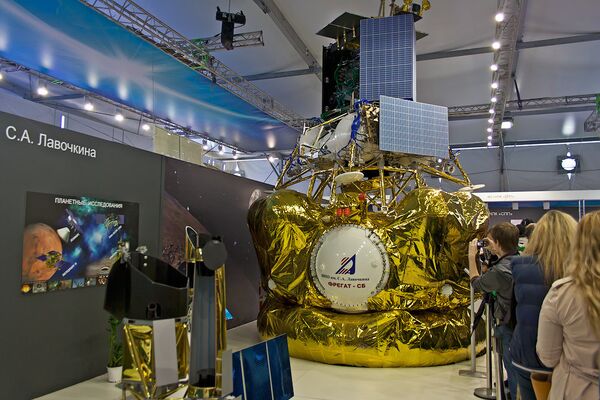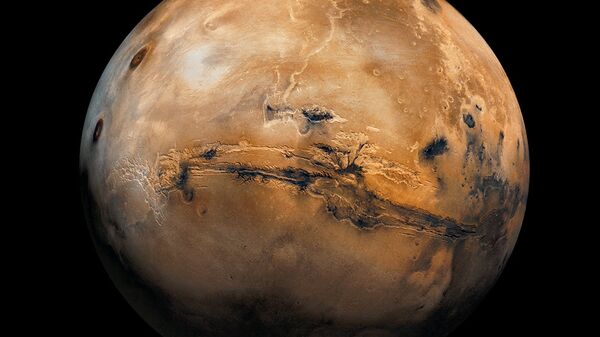"I don't accept a discussion about rescheduling because we already postponed the launch for two years, from 2018 to 2020, and I believe industry should be able to deliver," Woerner said. "I am very clear and very strong in the message that we should not dare to postpone it because if we postpone it, I am quite sure I will lose the support of the European member states and therefore 2020 is for me a must."
Woerner also shared how the tests are coming along, including tests of qualification, the rover, the platform, and the descent modules.
"So far, there are still some things we have to understand e.g. concerning some vibrations, but overall, I think we are going forward," he said. "We don't have a lot of margins for, contingencies, but all the tests so far did not change — they are not show stoppers."
"Of course, we are doing tests in order to learn something, but all of this is from my perspective not a showstopper to launch next year," Woerner stressed.
ExoMars is a joint mission of the ESA and Roscosmos. ExoMars —2020 is the second stage of the joint project. The first stage of the project included the launch of the European Trace Gas Orbiter (TGO) and the Schiaparelli Demonstrator Module. Schiaparelli failed to achieve a soft landing, crashing on the surface of Mars in October 2016.
READ MORE: Biogenic? Mars Rover Takes Photos of 'Mushrooms' Growing on Red Planet's Rocks
The ExoMars- 2020 mission will include the launch of a European Mars rover and a landing module developed in Russia. The Russian landing platform, the final assembly which is being conducted by Lavochkin NPO, will be equipped with 11 Russian and two European scientific instruments. The Mars rover will have seven European and two Russian scientific devices on board. The mission is expected to be launched on July 25, 2020 and planned to reach Mars in March 2021.
READ MORE: ESA/Roscosmos Spacecraft Sends Its First PHOTOS of Mars Surface
Lunar Missions
The ESA head went speaking about lunar missions, saying that the agency is in discussions with Russia on making various types of equipment including payloads and engines for its lunar missions.
"There is a discussion going on on payloads and also technologies. We are also discussing with Russia what we can deliver in detail," Woerner said.
Woerner noted that flight hardware is in production for the ESA demo payload to the Luna-25 mission, while the other ESA contributions for the Luna-27 mission are in their design stage.
He said further that the ESA should look into speeding up lunar projects amid the announced plans by the United States to return to the moon by 2024.
"Now that we learned that Americans would like to go to the Moon with humans in 2024, we should see what we can do also in our missions," Woerner said.
In early January, Russian State Space Corporation Roscosmos chief Dmitry Rogozin said that the Luna-25, which was initially planned to be launched in 2014, would be sent to the moon in 2021. The Luna-26 and the Luna-27 missions are slated for 2023 and 2024 respectively, according to Rogozin.
READ MORE: White House Sets New Daring Deadline for Lunar Comeback
Luna-25, which will be the first Russian mission to the moon after a 40-year hiatus, is projected to search for water ice at the earth natural satellite’s south pole and test the lunar soft landing technologies.

The Luna-26 orbital vehicle will conduct mapping and remote sensing of the moon, while the Luna-27 lander will take samples of soil at the south pole of the moon and study it.
In 2027, the Luna-28 lander is scheduled to take cryogenic soil samples from the south pole of the moon to the Earth. In 2028, the Luna-29 lander will deliver a rover to the moon.

